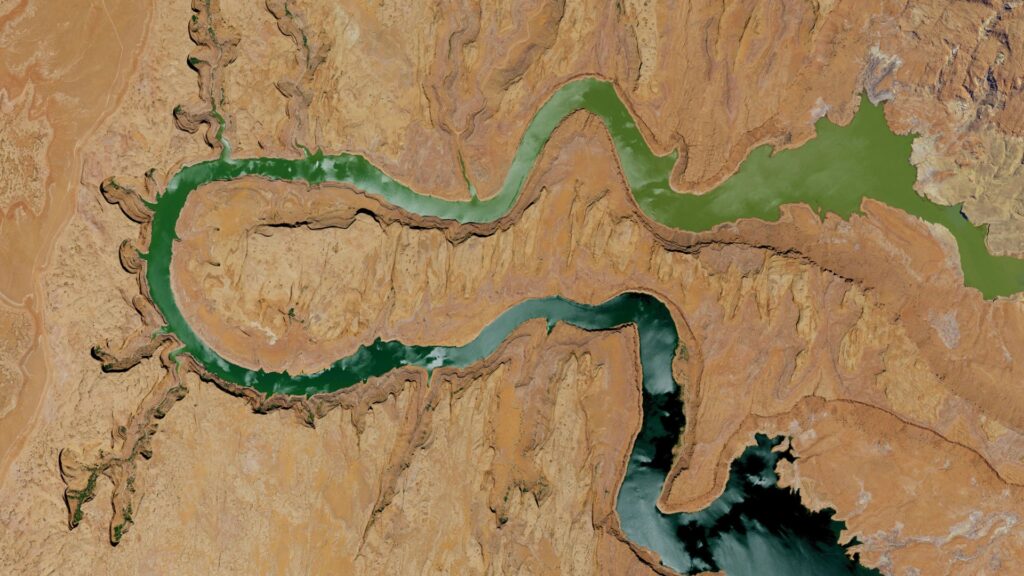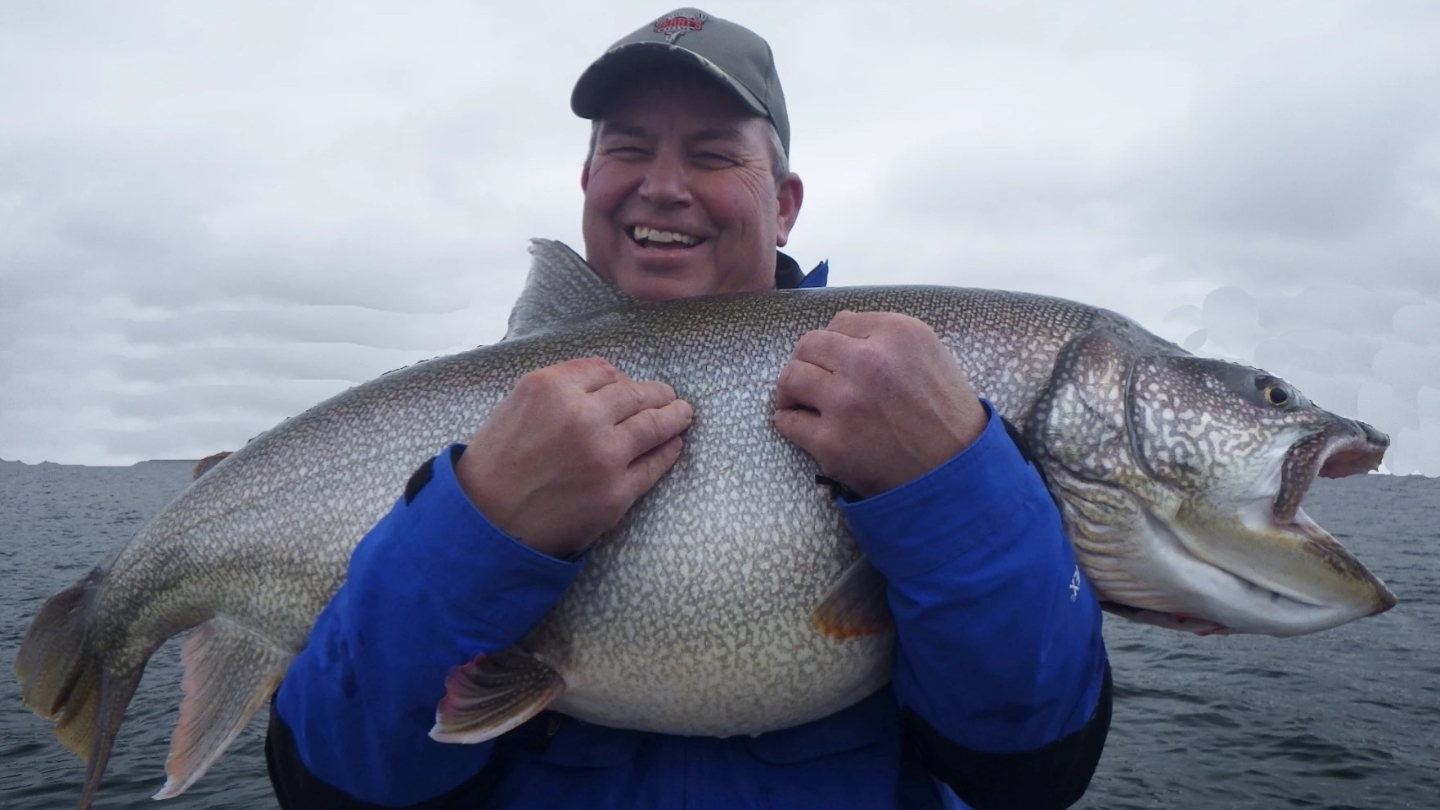Water Weekly for February 13th
If you can only read three stories about Western water this week, read these:
1. Southeast Wyo. looks to voluntarily reduce certain water use
In this story from intrepid Wyoming Tribune Eagle environment reporter Carrie Haderlie, we learn that the city of Cheyenne’s Board of Public Utilities has submitted an application for the System Conservation Pilot Program to reduce it’s water use from the Little Snake River, a tributary of the Yampa, which ultimately flows into the Colorado, by 1,500 acre-feet. Cheyenne gets the water via a trans-basin diversion. The proposed cuts would be offset by bringing additional capacity on from the North Platte or other sources on the east side of the Continental Divide, where Cheyenne sits. As part of the story, Haderlie also got an update on the number of other applications the Wyoming State Engineer’s Office has received for the SCPP so far. She reports: “The State Engineer’s Office had seven applications in hand early this week and had about 10 more interested parties. There were the two municipal applications, one industrial application and four agricultural applications.” The seven applications together propose about 5,000 acre-feet of water savings. The 10 interested parties are agricultural users, “with about 2,900 acre-feet proposed in savings.” The projects still need to be evaluated to determine actual possible savings. The deadline for SCPP applications is March 1st.
2. A Flaming Gorge fishing guide hopes there are enough ‘leftovers’ after Colorado River cuts
With negotiations between the states still grinding (to a halt?), those who rely on the state of the Bureau of Reclamation’s Upper Basin reservoirs are dreading the dry up that could come if Reclamation is forced to prop up the system on its own. That could mean dramatic and unprecedented releases from reservoirs like Flaming Gorge to keep the turbines in the Hoover and Glen Canyon Dams spinning. And that could wreck the recreation economy at the reservoirs, leaving many fishing guides, outfitters and boat rental companies, not to mention the campgrounds, hotels, bars and restaurants that feed and shelter anglers, up a creek. Will Walkey, reporter for Wyoming Public Radio, digs into the how reservoir levels have rebounded, or not, from a wetter winter, and how the negotiations might impact the lakes next season. A particularly useful graphic shows how full each Upper Basin reservoir was as of February 2nd. The story also features a photo of the largest lake trout I’ve ever seen, courtesy of Flaming Gorge fishing guide Jim Williams.
3. A new mentality of collaboration in the river district
The changing mentality in the Conejos River District is summed up by Nathan Coombs, a third-generation farmer and the district’s manager. Growing up, “Water was for crops. That was the only use in my perspective,” he told reporter Danielle Prokop. Now, he says, “when I’m driving to Platoro at the head of the Conejos River to control what’s happening downstream, I feel this sense of responsibility to do the best we can for all water users.” The mindset shift has been encouraged by local land trusts. Conservation easements in the valley have shown how water stewardship that benefits all users also helps keep agriculture going in the watershed. Easements tie water rights to the land, removing the risk of water being sold out of the basin to Front Range cities. Rancher Linda Schoonover said, “I think while we’re here on this great Earth, we’re stewards,” she said. “You don’t be a big old slob. You don’t blow things off. You take care of things to the best of your ability.” And that’s when Prokop drops the hammer: “How do you stop growth?” she asked. “That’s the question to end all questions in the West.”
Before you go, a quick note from our partner, the LOR Foundation
The LOR Foundation, a private foundation that works with people in rural places to improve quality of life, has launched a water research initiative open to farmers and ranchers. As the West faces the worst drought in more than 1,200 years, Western farmers and ranchers are on the frontlines of the fight to solve water challenges. Too often, however, funding for innovative techniques that might improve water usage is hard to access and slow to reach the experts on the ground. That’s where LOR’s Field Work initiative comes in. Field Work will provide funding for research into innovative approaches to using water in agriculture. Farmers and ranchers in rural parts of Colorado, Idaho, Montana, New Mexico, and Wyoming are eligible for up to $10,000 to implement innovative water projects. Potential projects might include new ideas for water or land-use practices, products, or technologies that change the way water is used on a farm or ranch. LOR’s goal is to get money quickly into the hands of the people in the field and on the ranch who have the potential solutions—and just need a little help to implement them. The hope is that this real-world research will reveal solutions that can be used throughout the West to grow food while contending with an ever-dwindling water supply. Applications opened Feb. 1. Learn more at lorfoundation.org/field-work.
Get the Water Weekly in your Inbox each week.






